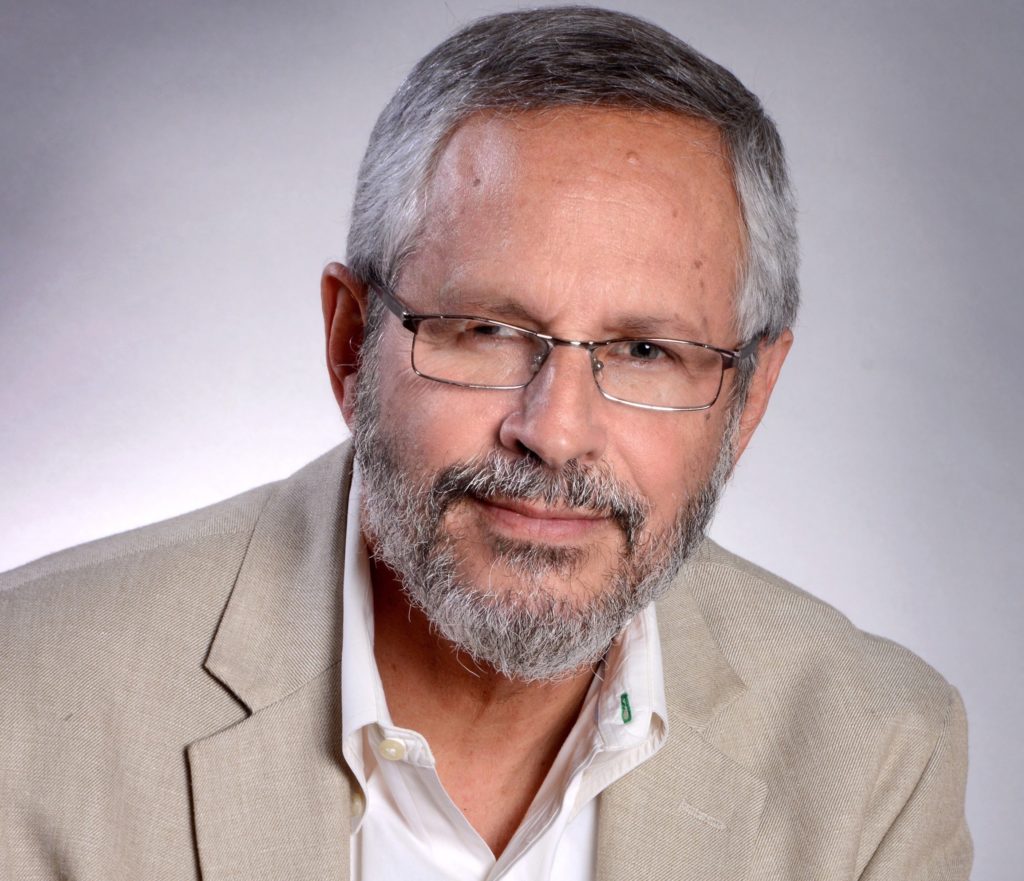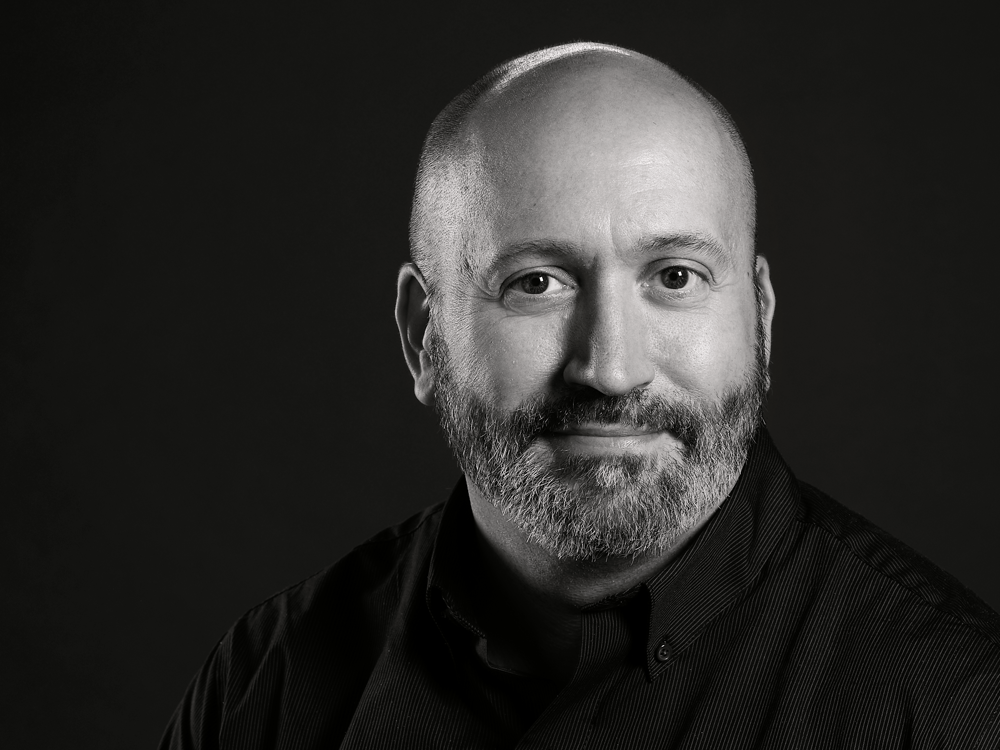
By KEN TERRY
(This is the third in a series of excerpts from Terry’s new book, Physician-Led Healthcare Reform: a New Approach to Medicare for All, published by the American Association for Physician Leadership.)
The American Medical Association (AMA) last year announced that, for the first time, more physicians were employed than were independent. While many of these doctors were employed by private practices, the AMA said, about 35% of them worked directly for a hospital or for a hospital-owned practice.25
This estimate was lower than that of other surveys. According to research conducted by the Physicians Advocacy Institute (PAI) and Avalere Health, a consulting firm, 44% of physicians were employed by hospitals in January 2018, compared to 25% in July 2012. More than half of U.S. physicians now work for or contract with fewer than 700 healthcare systems across the country, according to a new study in Health Affairs.
Many of the physicians employed by hospitals and health systems formerly were in private practice. They sold their practices to hospitals because of increasing overhead, dwindling reimbursement, and the rising administrative burdens of ownership, according to Jackson Healthcare, a physician recruiting firm.
The many negative factors affecting primary care also have impelled a growing number of primary care physicians to seek employment in recent years. In 2018, 47% of general internists, 57% of family physicians and 56% of pediatricians were employed. There is evidence that this trend may be exacerbating the primary care shortage because employed doctors see fewer patients per day, on average, than do those in private practice.
An increasing percentage of hospital-employed physicians are young doctors fresh out of residency training. A 2019 survey by Merritt Hawkins, another recruiting firm, found that 91% of final-year medical residents wanted to be employed and that only 1% wanted to start a private practice. Forty-five percent of the residents said they’d consider a job offer from a hospital—the highest percentage ever in Merritt Hawkins’ ongoing survey.
Why Hospitals Hire Docs
Hospitals say they acquire practices and build their physician groups to improve care coordination and lower costs, but some observers say it’s mainly about patient referrals. According to a Stanford University study, a hospital’s ownership of practices increases the odds that doctors will admit patients there instead of at another hospital. Because the hospitals that employ the referring physicians are not necessarily the best, hospital employment of doctors also boosts the chances that patients will go to higher-cost, lower-quality facilities.
Hospitals and health systems benefit from employing doctors in other ways. Physicians in hospital groups order their tests from hospital labs and radiology centers. In addition, hospitals are able to bill Medicare for the ambulatory care provided by their doctors at a much higher rate than what Medicare pays to private practices for the same services. The hospitals have been allowed to do this because their employed physicians are considered to be part of hospital outpatient departments (HOPDs). HOPDs, which also include emergency departments and same-day surgery units, charge not only professional fees but also facility fees.
Just how much of a difference this makes can be seen by comparing the Medicare-allowed fees for a medium-level office visit in the two types of care settings. In hospital-affiliated clinics that are considered part of HOPDs, the payment was $116 in 2018. In contrast, private practices received $81 for the same kind of visit.
Pursuant to a regulation authorized by the Bipartisan Budget Act of 2015, the Centers for Medicare and Medicaid Services (CMS) began paying HOPDs and private practices the same for identical services in January 2019. But in September of that year, a federal district court ruled that CMS had overstepped its statutory bounds by implementing these “site-neutral” payments. An appeals court overturned the lower court decision in July of this year; it’s unclear whether the hospital associations will appeal to the U.S. Supreme Court.
If the government is able to enforce site-neutral payments, it should reduce hospitals’ incentive to acquire practices, says Farzad Mostashari, MD, a former national coordinator of health information technology and currently CEO of Aledade, a company that organizes and supports primary care-led ACOs.
Hospitals, however, have other incentives to employ physicians. Their most important motive, healthcare consultant Michael La Penna says, is to lock up physicians so that other hospitals can’t control them. Even if there’s little overlap between two hospitals’ service areas, he says, they want to make sure that the other hospital doesn’t employ some of their referring doctors.
“When I ask a hospital board, ‘Would you be buying practices if St. John’s wasn’t buying practices,’ they say ‘No,’” he points out. “They’re buying their own distribution chain, which they already have for free.”
Higher Insurance Payments
Getting higher Medicare rates for their physicians is not the only way that hospitals have driven up costs by buying practices and recruiting doctors out of residency. When health systems employ physicians, they can use their market power to negotiate higher commercial payment rates for those doctors. A study of claims data from commercial insurers found substantial differences between the prices negotiated by employed groups and private practices across the country. In two-thirds of the areas included in the study, physician prices increased as the result of practice purchases by hospitals. Another study found that physician prices rise nearly 14% when a hospital acquires a physician group.39
The higher private insurance prices paid to many hospital-employed groups—like the higher Medicare payments to HOPDs—put additional pressure on independent practices. The physicians who own those practices must meet payroll and cover other costs, yet they’re getting paid less than the much bigger hospital groups with which they’re competing. Aside from the other reasons enumerated above, this factor has undoubtedly induced some private practice doctors to throw in the towel and go to work for a hospital.
Practice owners are also having an increasingly difficult time recruiting physicians to their groups. Because hospitals negotiate higher rates from commercial insurers, they can pay high starting salaries that private practices can’t match.
David Boles, DO, a Tennessee family physician, says that when he interviews recent residency graduates, they want to start out at a salary “that’s impossible to sustain under a production formula. If you start a family doc at $240,000 right out of residency—because that’s the only way you can get one—the odds are that if that’s a one-year contract, they’re going to have to take a pay cut in the next year.”
Hospitals lose about $50,000–$100,000 per doctor per year on their employed practices, according to La Penna. MGMA, which represents independent groups, has estimated that hospitals and health systems lose nearly $196,000 per doctor annually. Both estimates refer to losses on practice operations alone.
Despite these losses, hospitals derive large amounts of revenue from employed physicians who refer patients to them and order tests from their diagnostic facilities. To the extent that these doctors use the hospital that employs them more than they did in private practice, the hospital or health system can see a net gain in revenue, even if they have operating losses on their physician groups.
Financial Value of Employment
Even if hospitals’ practice losses are outweighed by downstream revenue, however, it’s unclear how much of that revenue would have come to the hospital anyway if the doctors had been independent.
Independent physicians generate about the same amount of money for hospitals as employed doctors, La Penna says, but the hospitals want to make sure that no other institution can control those practices. “If nobody could buy practices, they’d have to do something else to get referrals,” he says. “You’d probably end up with a stasis: the same ratio of referrals, just under a different relationship.”
Travis Singleton, executive vice president of Merritt Hawkins, says that many hospitals do achieve net gains on their employed doctors. When hospitals suffer net losses on employed physicians after factoring in their referrals, he says, it’s generally because the physicians are not productive and because some of them refer patients outside of the health system.
Employed physicians should refer at least 80% of their patients who need hospital services to the institution they work for, Singleton says. In some hospitals, however, there are physicians who refer only 20% of patients to their employer and send the rest elsewhere. When a hospital has that problem plus low productivity, he points out, it’s bound to lose money on its physicians, even after the value of referrals and orders is factored in.
Health systems can’t legally require their employed doctors to admit patients to their hospitals, Singleton observes. But the doctors know their contracts might not be renewed if they don’t. The challenge for hospital management is riding herd on hundreds of physicians, many of whom came from private practices that haven’t yet been amalgamated into the health system.
What Young Doctors Want
Young doctors just out of residency have a different mindset than older physicians who have been in practice for many years. “They don’t want to work hard and they want to make a lot of money,” says David Zetter, a practice management consultant. “Most of them aren’t entrepreneurial. They’re not interested in dealing with the business side of medicine.”
Singleton agrees, calling the current batch of residency graduates “worker bees” who have no yen to start a private practice. “Part of that is the desire to just practice medicine without administrative burdens, and there’s also the uncertainty about the alternative,” he says.
For many young doctors, he notes, working for a hospital is the only world they know. Even if they wanted to hang out a shingle, he says, they would have no idea how to build a practice. And most of them have so much student debt that it’s hard for them to imagine borrowing more money to build the infrastructure that a private practice requires today.
However, Farzad Mostashari notes that, according to the Merritt Hawkins resident survey, 55% of third-year residents would accept a job offer from an organization other than a hospital. “That tells you something,” he says. “It’s all about whether we have alternatives for them.”
Will the Pendulum Reverse Direction?
Mostashari says he has seen some physicians voluntarily leave hospital employment recently. “One of the reasons why these doctors bolted from the hospital is that they didn’t like the hospital telling them they had to send their surgeries to the hospital’s surgeon. They may not agree that that’s the best surgeon for the patient. That’s moral injury to a doctor when they feel like the duty they owe their employer is in conflict with the duty they owe their patient.”
Hospitals lure physicians into employment by promising they’ll have fewer administrative burdens and can just practice medicine, Mostashari notes. “Based on that, you’d imagine employed doctors would have lower rates of burnout. It turns out that it’s exactly the opposite. The independent doctors have lower rates of burnout. It’s because they have more control over their lives.”
Zetter has helped physicians return to private practice after quitting hospital employment. “They have different reasons, but I hear complaints about no autonomy,” he says. “Management communicates poorly, the support isn’t there, and they’re treated like second-rate citizens. They’re also expected to practice in a certain way and refer in a certain manner. Their schedule is dictated, and they don’t want to be seen as just pushing patients through.”
Singleton, too, has detected a small groundswell of physicians leaving hospitals because employment didn’t turn out to be what they expected. He also cites a Physicians Foundation study that asked independent and employed doctors whether employment was good for healthcare. About half of the hospital-employed physicians said “No.”
Nevertheless, Singleton doubts that there will be a repeat of the mass exodus back to private practice that occurred around 2000 after the first big wave of hospital practice purchases. Even if hospitals and doctors wanted to part ways, he says, there’s much more regulation and corporatization of medicine now than there was in the late 1990s. With the current emphasis on value-based care and the need to invest in EHRs, practices have to be larger than they used to be in order to survive in the current environment, he says. Moreover, physicians who have been out of the business world for 10–15 years may not be able to cope.
Ken Terry is a journalist and author who has covered health care for more than 25 years.
from The Health Care Blog https://ift.tt/34L3nnz




